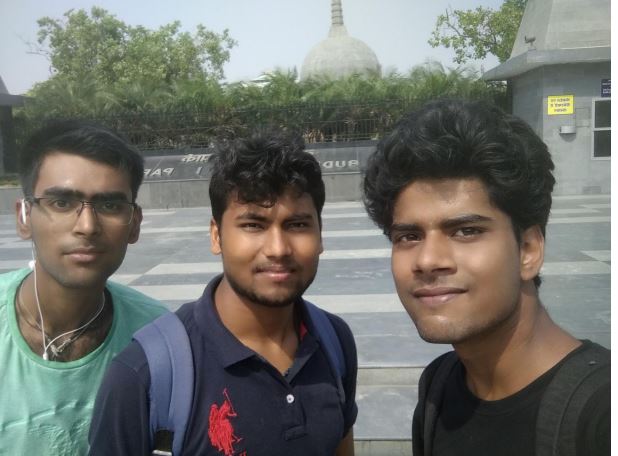Theme: Traditional Dressing Styles and their Origin
States and Union territories covered: 12
Since childhood we are observing that people of different states have different dressing styles and this created curiosity within us. So we decided to explore the dressing style and its origin in India. Before starting our journey we calculated our expenses, and decided that the major aim of our journey should be to complete it within our budget and each one of us should finish healthy and safe. Travelling to different states we got to know that Indian men usually wear Dhoti kurta for traditional functions like when they visit to temple and Indian women prefer to wear sarees with different draping styles which usually varies from state to state. These dressing styles vary from North to South and East to West. As we visited Maharashtra, we found that traditional attire of women includes saree with different draping style that signify that women can be a warrior and protect her family and home, some women also wear salwar kurta and men usually wear dhoti kurta or pant-shirt. As we moved to Goa, we found that people who live there follow western dressing style. In Bengal, women mainly wear white saree with red and blue stripe where white color represents purity and red color represents fertility. The main dress of the people of Sikkim was Gurungs attire basically because of the hilly region. When we visited Guwahati, we got to know that the traditional dresses for men are Dhoti and Gamosa. Gamosa is also like a symbol to honor them. On the other hand, the women have Mekhela and Chador. When we visited Varanasi, we found famous Varanasi saree with different types of embroidery work. So, from this whole journey we got to know why people use to wear particular attire.




